Building one's own house is a desire that many of us harbour, and one that is increasingly becoming reality as construction methods improve and the process becomes easier.
The availability of professionally rendered residential house plans has added to the ease of the process, too, and gives the home builder an affordable and easy way to create a home from scratch from either a stock plan or one customised to special requirements.
It is advised that engaging an architect is a sensible move, especially if the builder has no prior experience of designing or building a property, and there are many planning services on the web as a quick search will prove.
Styles of property that the home builder chooses can vary, and the number of bedrooms, floors, rooms and windows and doors needs to be considered along with the construction method and material, the floor plan and the location. Roofing materials and insulation techniques are all part of the necessary considerations, and heating and glazing requirements must also play a part in the design and planning process.




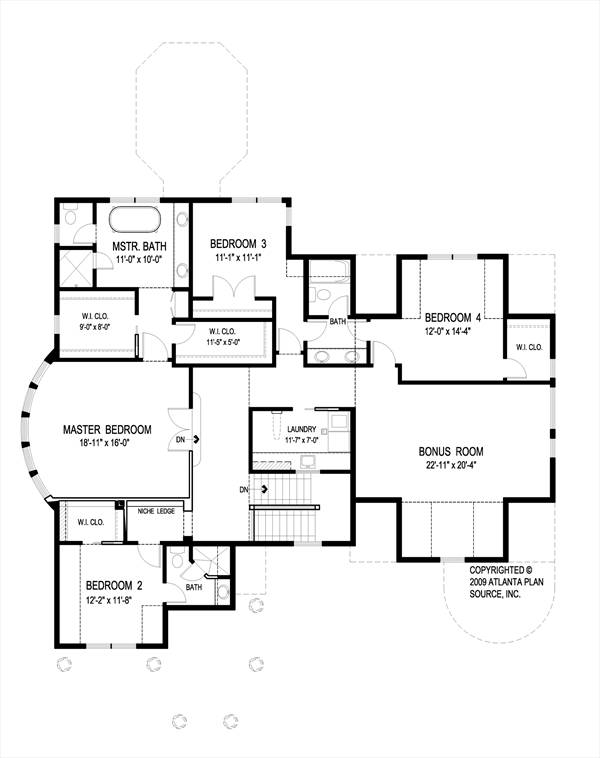
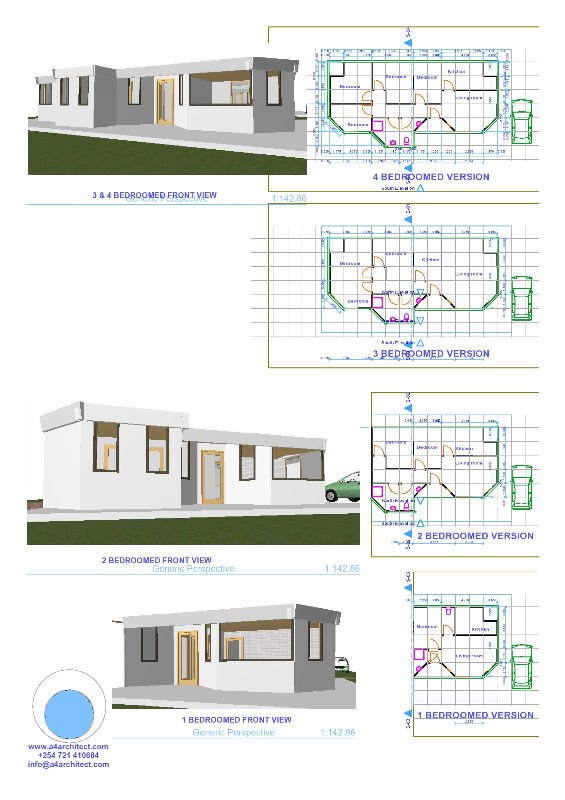






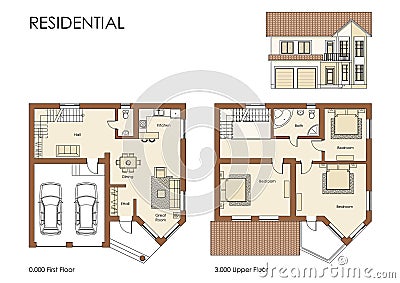
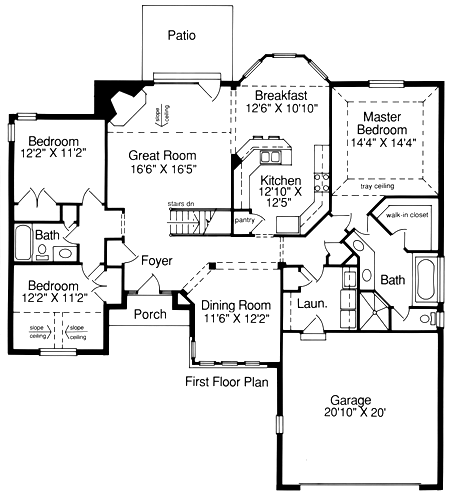





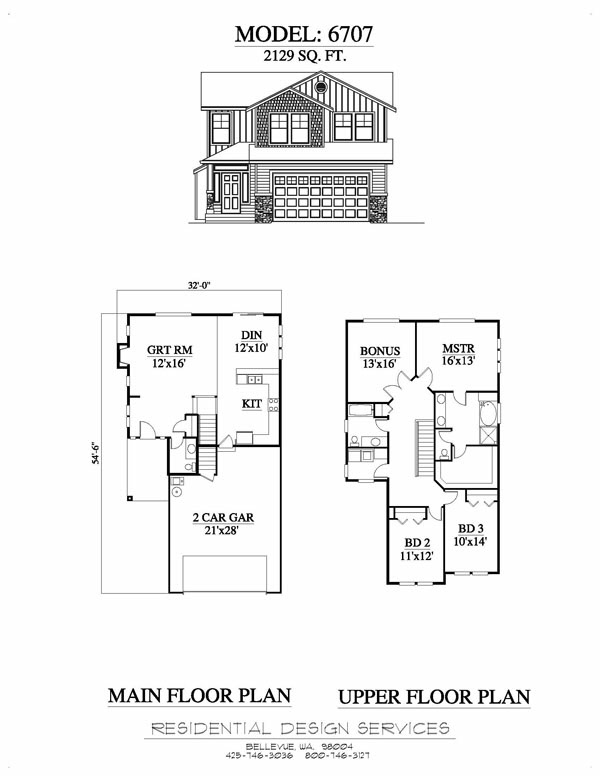





Some excellent on line services allow one to access stock plans. Quite simply, you specify the number of floors and bedrooms required, plus bathrooms and other specifications, and indicate both the size of the plot and the style of the building required. This is then taking into account a range of suitable previous plans are provided for the user to scrutinise and choose from, all of which will fit the requirements of the building to be erected.
It may be that the builder is converting an existing building. Barn conversions are very popular in this day and age, as the presence of an already existent building makes things easier in that the floor area is already set, and some framework may be able to be utilised in the new building.
Important areas to be considered should also include the relevant planning permission required, as most authorities will need to approve plans for a new building, and also plans for the conversion of existing buildings, particularly when a change of use from commercial to private dwelling is involved.
Understanding the plans for a house can be difficult for someone who is not experienced in the area, and it is important that every aspect of the plans - from minor dimensions to the positioning of windows and doors, plumbing and electrical - is understood before the build commences. Failure to take even the smallest problem into account can lead to great expense and the need to go over budget.
Budget may, in fact, be the over-riding point in planning a home, as it is important to set down how much there is to spend at the beginning, and to allow a fund for overspends that must not be exceeded in any case.
It remains to be said that while creating your own plans for a house is an attractive and exciting idea, engaging professionals - architects and accountants - is essential to make sure that everything runs as smoothly as is possible.
The interior architect which you have designed is simply awesome. Thanks for the share.
ReplyDeleteResidential house for sale in coimbatore | Flats for sale in coimbatore
Thanks for sharing...
ReplyDeleteRow houses in Thudiyalur
Ready to occupy villas in Coimbatore
That's really great...
ReplyDeleteDo visit our website to grab luxury gated community villas in Coimbatore
Such a great information...
ReplyDeleteGated community houses for sale in Anaikatti
Top resorts in Anaikatti
By And Large I do not post on blogs, but I should to say that this post really forced me to do so. Genuinely nice article! top atlanta residential architects
ReplyDelete